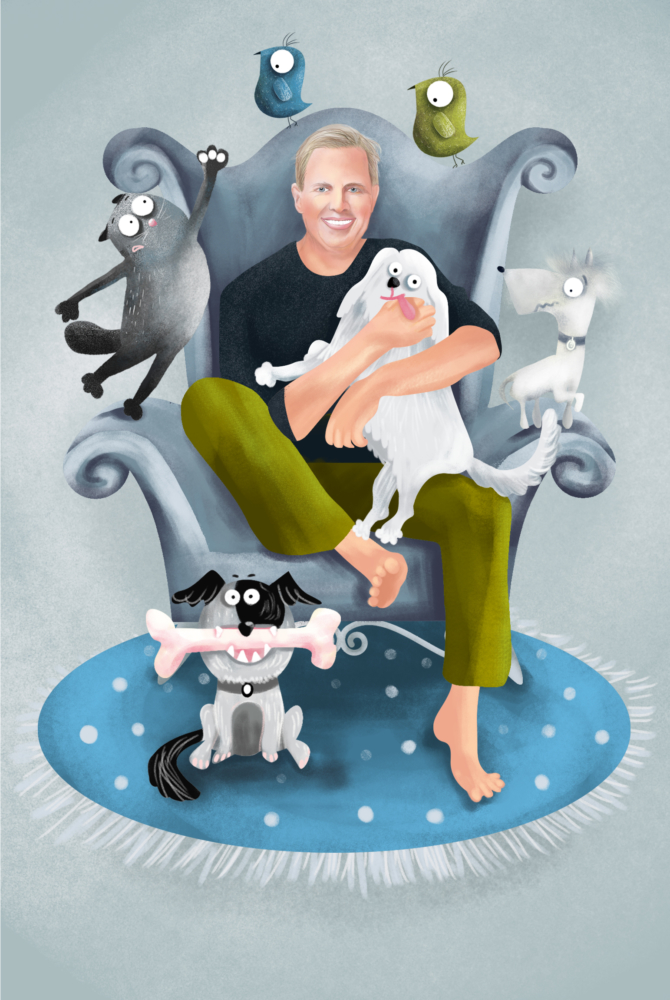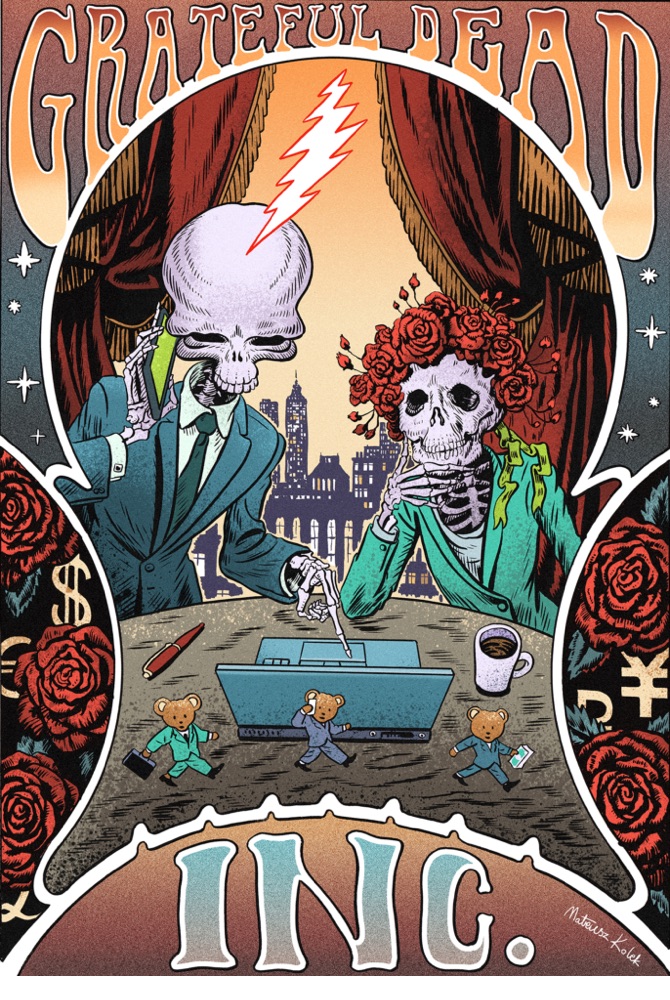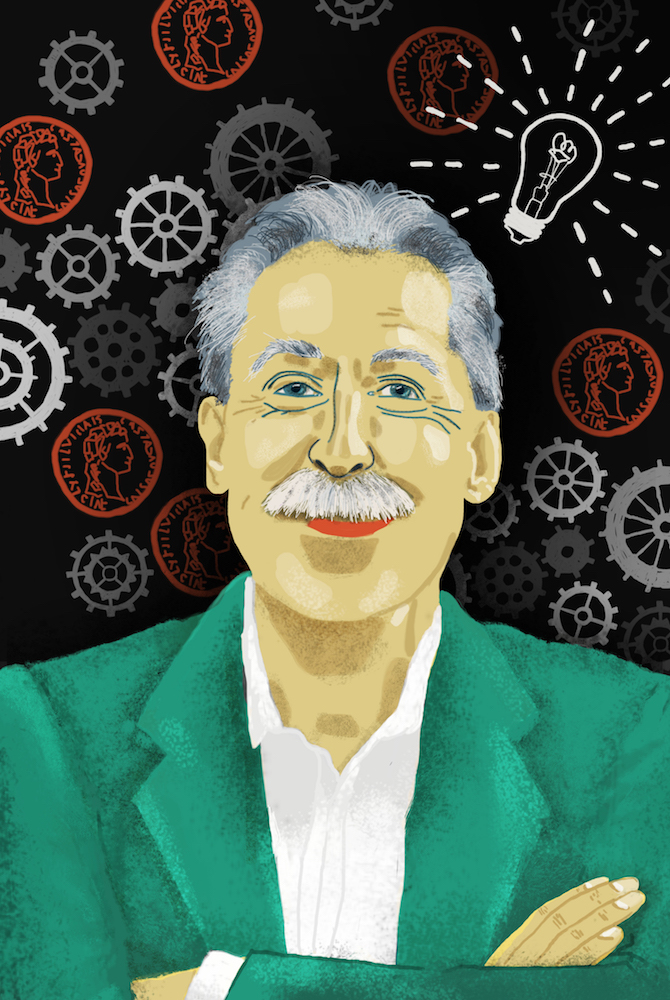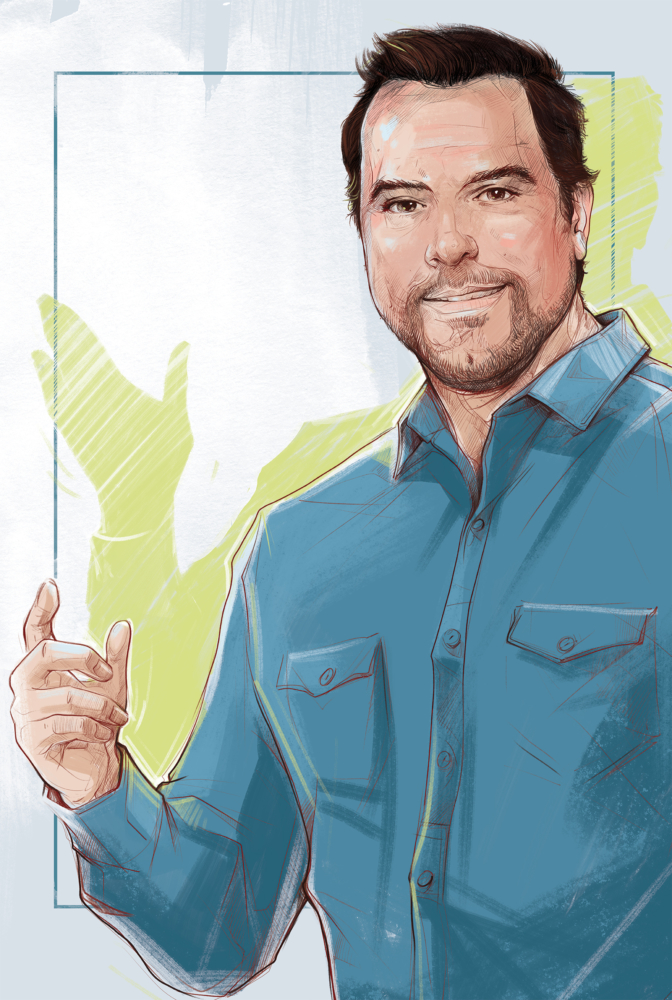 How thinking like a consumer can turn your startup into a successful business
How thinking like a consumer can turn your startup into a successful business
Brock Weatherup is a CEO, investor, entrepreneur, and an advocate for consumers and their interactions. He is a graduate of the University of Colorado Boulder and sits as a board member of the Nature Conservancy – Adirondacks. Currently, he is the EVP of Strategic Innovation and Digital Experience at PetCo, a leading pet company. He has built three businesses and culminated three successful exits and is also a managing partner of Atai Ventures angel investments, co-founder of ICONYC, an accelerator focused on seed stage Israeli tech companies, and an investor/adviser/board member for over seven startups.
Thanks for taking the time out of your day to meet and chat about your role here at Petco. Why don’t you give us a high level on what is PetCoach and how it differs from the experience someone gets at a normal Petco?
For a couple years, it was about how to get more pets parents engaged in information and get great care for their animals. Most of it came out of some conversations with my sister who’s a veterinarian. I would call her all the time and would be like, so “Boulder, my dog who you’ve met is doing X,” or,” What should I do?”
That was kind of the beginning. We wanted people engaged. At the end of the day, it was promoting the idea to “be smarter and create better situations.” So all that kind of led to the beginning of it. If you look at where that original idea was to where we are now, we had started going further into the whole veterinary care world, which is what we were diving into when we first got introduced to Petco a year and a half ago. That then translated to the question, “Okay. Could we do our whole idea inside Petco?”
So, that all then transformed to a physical launch of the PetCoach place in San Marcos. The whole design and intention of it is to teach owners how to have a partner and to create a happy healthy relationship with your pet. You walk into a PetCoach and it’s entirely about engaging in questions to gain knowledge.
Now, most of that starts with services at the front. When you walk in the store, you see very few products – most of the products are in the back. All the merchandising of it is really to get you to ask questions. So one merchandising option might be related to dental work. It’s all items that get you thinking about having dental health for your animal, which would hopefully spur the discussion with one of our pet coaches, who are there to answer “Why should I care? Again, all of it to facilitate conversations. Take that original conversation platform of PetCoach and manifest it into a physical place, which will lead then to, “Okay. Let’s bring that to life.”
How did the vision at PetCoach change from its initial concept, to the acquisition, to the first PetCoach at the Petco location?
We were in the process of acquiring some veterinary practices in Pennsylvania wanted to focus on how you could change the way that people and with their pets interact with a veterinary practice. There’s a lot of inefficiency in the veterinary practice. So we asked ourselves how we could change that inefficiency of having to drag our pet and ourselves all the way to the doctor for something simple. We decided from there to create a physical place at the vet, or even go on to create a space for mobile vets, so we could get vets and owners together more easily to discuss things that could be handled better at home.
As we were going down that path, PetCo started gaining interest in our business and whether we would be a good fit for a partnership with PetCo. We started making movement when Petco started looking at its future of what they could or would do in regard to pet health – our businesses started to align.
So we now have north of 15 veterinary practices that live inside Petco stores. After we started gaining space in the stores, we wanted to take it to the next level and bring PetCoach to life to create a new dynamic that would be Petco five years from now, not just next year. That meant asking ourselves “How do we prioritize our capital expenditures today with this sort of PetCoach installed test lab so we can learn and grow. From that learning, we can then figure out the most meaningful things that can, could, would or should move the Petco business. If it takes a million bucks of capital, we want to be smarter about where we spend our money because we now want to do it at scale, which has to be managed a little differently than before.
I can recommend products or behavioral training that actually works for you and your pets because I’ve worked with you on training classes, had them come in and visit the vet, and helped you define what products have or haven’t worked for you. Stores aren’t going away, but how we interact with them and why we go there is changing dramatically.
What would be the overall goal for PetCoach? Some have called it the Amazon proofing for Petco. Would you say that’s accurate?
Everyone’s trying to figure how to fight with Amazon. To call it Amazon proof would be ridiculous because Amazon is not going to be the same company five years from now as they are today. The competitive aspect is really more of what creates a better consumer experience that becomes more defensible and unique. How do we play in the game, succeed and win? If you just take your customers’ first perspective on pet care and ask yourself what the pet parent needs and how to solve that, then those outcomes are your keys to success.
We’ve got 25,000 pet experts that roam the halls of our stores every day. On top of that, we have some of the best training in the industry. We educate them incredibly well. Overall, we have amazing voices in our world that can have a conversation that AI or an Amazon search bar could in no way compete with.
There’s some very, very tangible examples of things that Amazon can’t do. They can’t virtually groom my dog. Now, they might help you schedule it, they might help find a local provider for it, they might help with how to videos, all that. We can do all of that that too, but we can also create a trust mechanism and have a conversation. For instance, helping you figure out what’s the best chew toy for your dog – it depends on who your dog is. If I’m having that conversation in front of you and I’ve gotten to know your dog because I’ve worked with you on training classes, had them come in and visit the vet, and helped you define what are the right products for you, well, then we can have a personalized conversation not based on product ratings. I can recommend products or behavioral training that actually works for you and your pets. Stores aren’t going away, but how we interact with them and why we go there is changing dramatically.
You’ve spoken on the different things that you have in place, but how did you set up those different processes to be able to do the experience testing, the validations, and know how to put those in place?
People buy products to solve simple problems. Once we solve those products, we know what problems they are trying to figure out. We group that information with outside information, such as trends in Petco or Amazon related purchases that relate to our industry, and from there we start pulling the information together. The next step is to go through is all and figure out what we got wrong. Or, what did we get right? We may have thought that our vet visit structure was going to be the king of all value. Maybe it was actually our self-wash structure, or the way that we merchandise the products, or the way that we created the digital and physical interactions, maybe those changes are what’s enhancing our services. We learn because we don’t know enough yet. I think one of the things we have to keep thinking about is how do all these products, services, and ideas come together, because you can win parts of one or the other but you aren’t able to win the customer’s mind and heart and thus, their wallet unless you have a more holistic point of view.
People buy products to solve simple problems
What’s the process like, going from a startup to then get acquired to a corporation? What’s the kind of back and forth that happens between all that or changes from an operations perspective?
I mean, they’re all different. Anyone who says, “Well, this is a typical startup acquired by a larger corporation,” is kind of full of it because it depends on the unique individuals, it depends on where the strategy fits, it depends what level that person goes to in the new organization. I think the biggest thing for us is how to maintain entrepreneurial motivation, entrepreneurial speed, activity, and everything else when you’re in a business where traditions are valuable.
I don’t know how to get 25,000 people to sell an idea or concept or whatever I think is important. I’d like to think I’m smart enough to try and figure it out, but my experience set is basically zero in that regard. That being said, there are amazing people here that know how to do that. The person who’s used to doing that likely isn’t spending their time innovating, creating, or building new things at a small scale that have the potential to scale up. The core entrepreneurial elements of managing a workforce and building items with potential need to collide, because that’s where you create success – when a large company and a small company come together. Only then can you make something innovative and be able to sell it at scale.
One thing that is definitely fascinating is the fact that you’ve been involved in so many different industries. I saw you were involved in Ticketmaster. You’re also are working with Petco now obviously, and you also co-founded Fathead. How are you able to be innovative in all those different spaces?
Well, I’ve been lucky enough that I’ve been able to do things in categories and spaces that I love. I’ve been very, very privileged and lucky in that way. For people who can facilitate that choice, I would highly encourage it.
Ticketmaster bought this company Reserve America, which had outdoor recreations, hunting licenses, fishing licenses, backcountry permits, and campground reservations – Ticketmaster for the outdoors. I got to run that business as a huge outdoors person. Then got into Fathead, and as a huge sports person, I was able to sell sports memorabilia. Lastly, I’ve been a pet lover my whole life, and so got into pets with PetCoach.
I just genuinely like figuring out why the consumer makes the choices that they do, especially in areas and industries that I love. I’m the guy standing at the grocery store or at the gas pump filling up my car with gas and I look at the advertisements that are around and think, “What did they pay to be there?” They’re trying to hook me and I like thinking about how they do it. I use that love and my curiosity to innovate and to learn in all of my businesses.
More specifically with PetCoach and Petco, how are you going to continue to stay motivated and innovative now that you’ve been working at this for a while? What do you think the future looks like?
The big challenge is how to build an organization that’s innovative. I don’t believe the answer is creating an innovation team and that’s where stuff happens. People describe Amazon as an innovative company, but there’s no innovation team at Amazon. Now, groups are motivated and incentivized on how to be innovative, but it has to kind of be in their DNA. I think that setting that sort of dynamic for your employees sets the stage for what will be a successful company.
A lot of it for me is how to help the organization continue to move in that direction. We have a new CEO, Ron Coughlin, who came in, and he’s pushing us very strongly to understand what life will be like three to five years from now. We just launched a very simple scale Action for Google Assistant and Alexa which is centered around pet owners asking if what their dogs ate is safe. So now someone could say, ” Alexa talk to PetCoach. My dog just ate benadryl. Is that okay?” It’s basic, but it those account for a huge amount of questions that come in to vets – it’s what people are looking for.
Instead relying on an innovation team, many companies motivate and incentivize their employees on how to be innovative as individuals, not just at work. I think that setting that sort of dynamic for your employees sets the stage for what will be a successful company.
One final question. Could you give us one work or life hack that you use to get things done?
Honestly, for me I try to not be repetitive. Something as simple as brushing my teeth. I try really hard not to brush my teeth the same way every day, which there aren’t that many ways to do it, but I find myself bored if I keep doing it the same way. I hate my commute and that I can’t change it very easily. So instead, I try and change it in terms of what I am listening to. I’ll get into podcasts, but I’ll switch up which podcasts I listen to as much as I can. I want to listen to different things. I just want to keep looking at the world a different way every day and let that be part of who I am.



